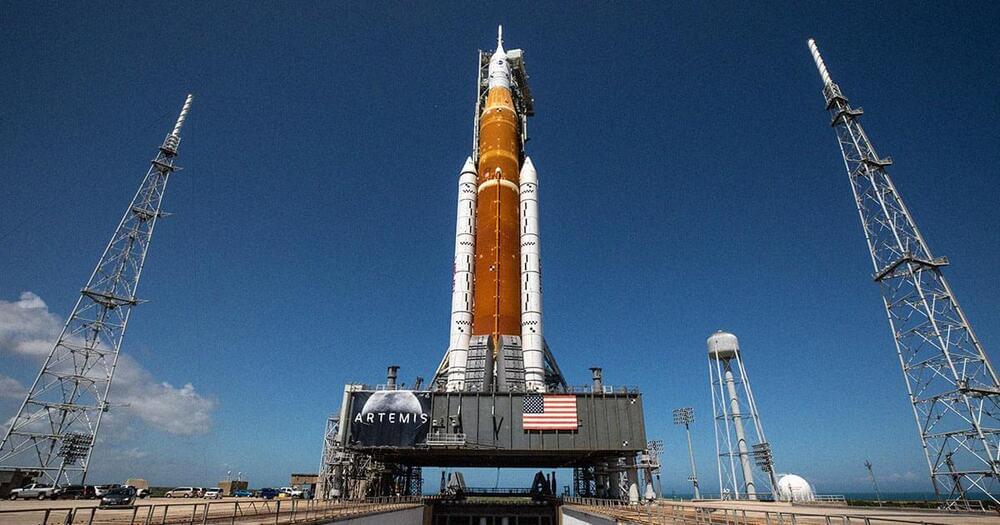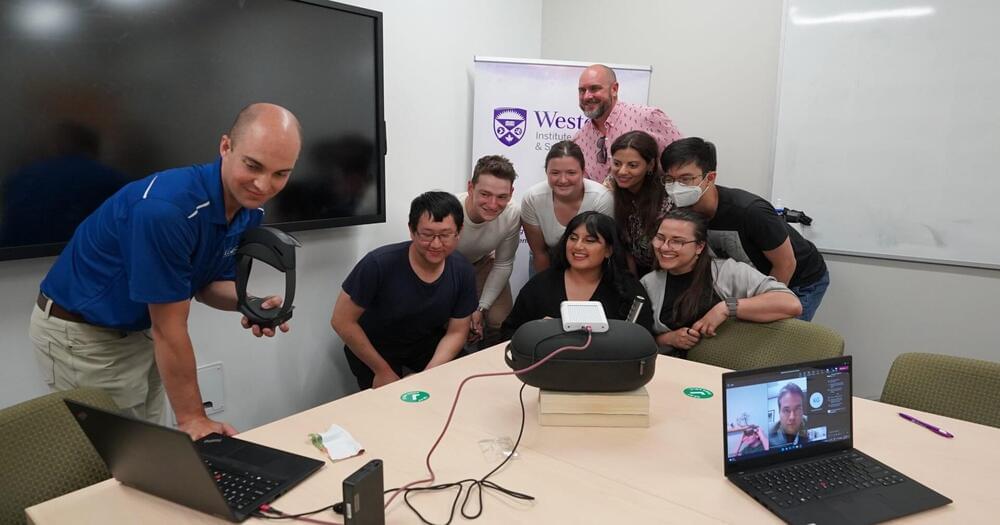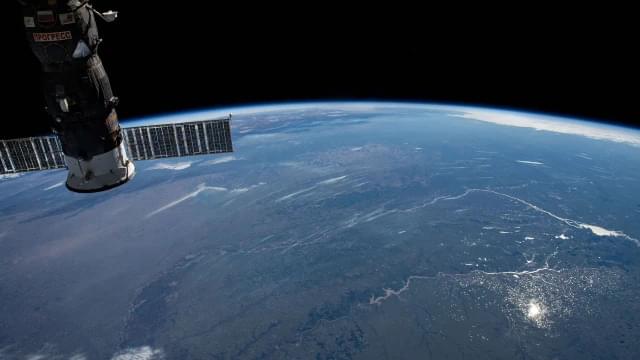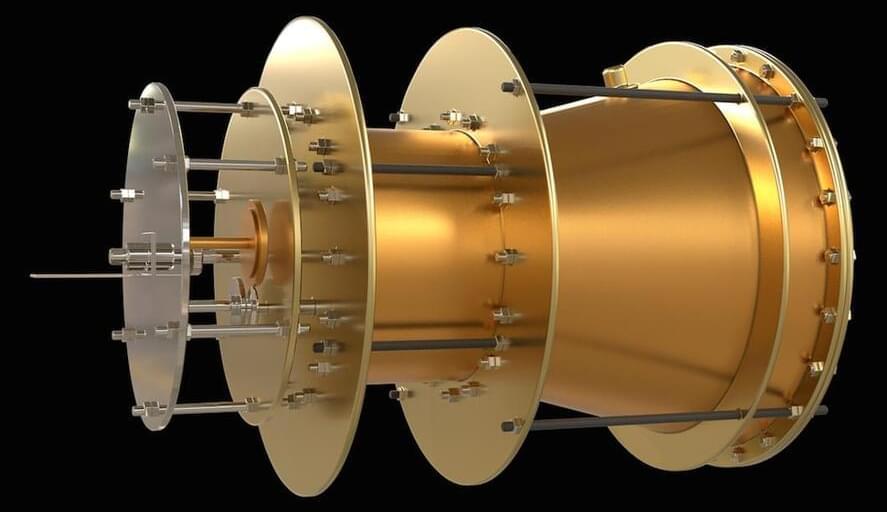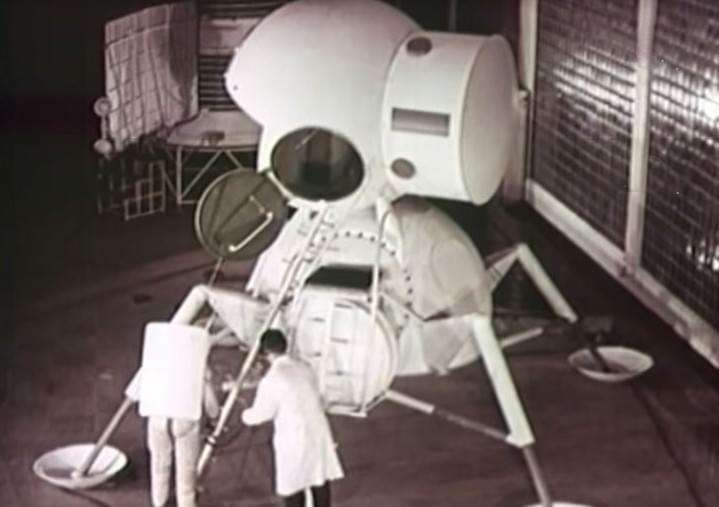Aug 4, 2022
NASA Confirms Launch Date for Its Massive Moon Rocket
Posted by Genevieve Klien in category: space travel
Artemis I is set to launch August 29 for an uncrewed mission to the Moon. NASA hopes its Artemis program will return humans to the lunar surface.
